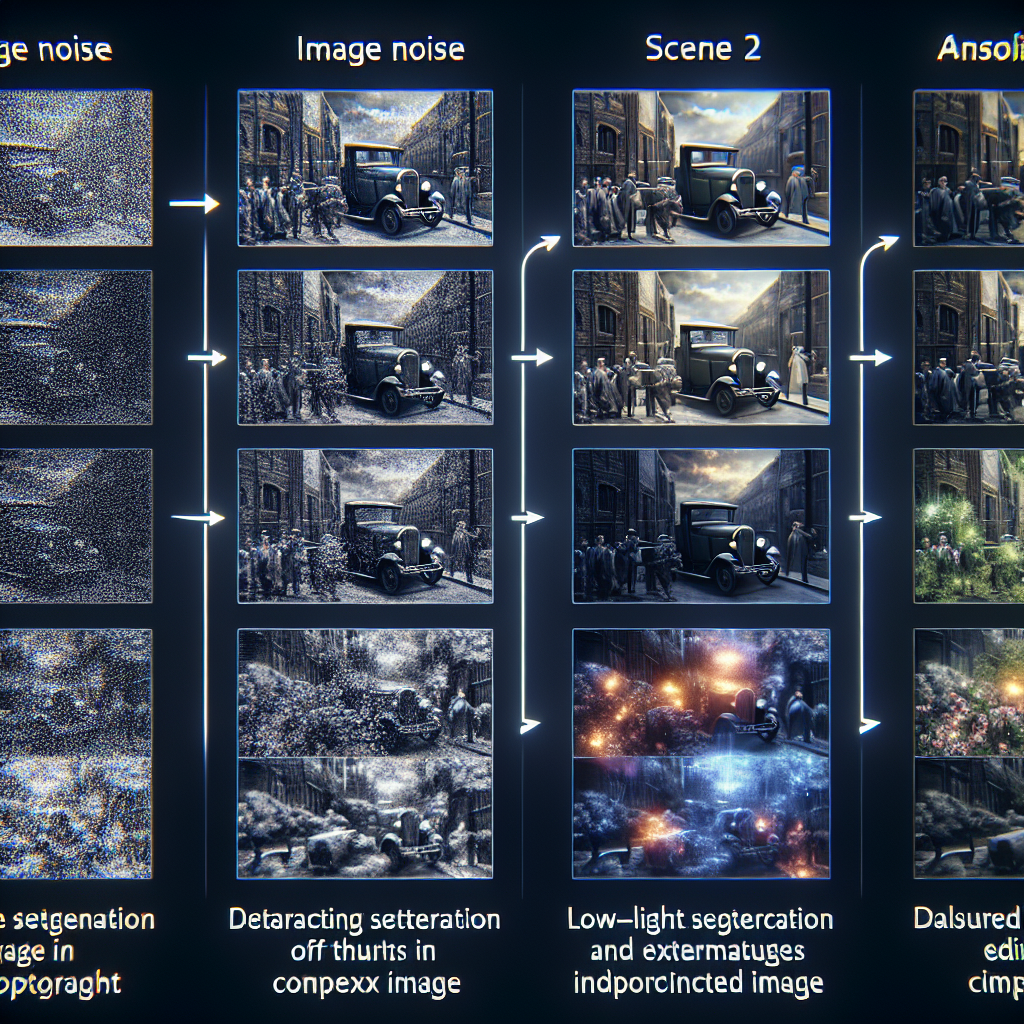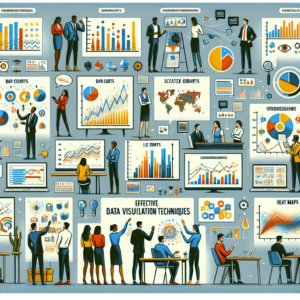The world of image processing is an incredibly intricate one, filled with various challenges that can impede progress. However, it’s also a realm filled with endless opportunities for those who are willing to embrace its complexities and find innovative solutions to its problems.
Embracing the Complex World of Image Processing
Image processing, at its core, involves the analysis and manipulation of a digitized image to improve its quality or to extract some useful information. It’s a key component in a myriad of fields, including medical imaging, autonomous driving, video surveillance, and artificial intelligence. However, due to the inherent nature of images – a high level of dimensionality and a significant amount of noise, the task of processing them effectively can be quite challenging. Despite these difficulties, the vast potential of image processing in transforming various industries and making a real impact through technological advancements cannot be ignored.
From understanding complex algorithms to handling hardware constraints, image processing experts need to navigate through a maze of challenges. Yet, it’s precisely these challenges that make the field so enticing and rewarding. Embracing the complexity of this field means not just acknowledging the difficulties, but also the opportunities they bring. Every challenge in image processing is a chance to push the boundaries of what’s possible, to create solutions that can change the world.
One of the ways to embrace these complexities is to keep abreast of the latest developments in the field. Numerous resources, like the Image Processing Resource Guide, provide invaluable insights and information about the latest trends, technologies, and research in image processing.
Identifying the Most Common Challenges in Image Processing
One of the most common challenges in image processing is dealing with noise in images. Noise can manifest in various forms, including grainy textures or random color spots, and can significantly affect the quality of the image and the accuracy of the processing.
Another common challenge is handling the high dimensionality of images. Each pixel in an image is a dimension, which means that a relatively small image of 100×100 pixels already has 10,000 dimensions. This high dimensionality can pose significant computational and storage challenges.
Finally, understanding and implementing the complex algorithms that underlie image processing techniques can also be quite demanding. These algorithms are often based on sophisticated mathematical models and require a deep understanding of various fields, including signal processing, statistics, and linear algebra.
Effective Methods to Overcome Image Processing Hurdles
Thankfully, there are several effective methods to overcome these image processing hurdles. For example, various noise reduction techniques, such as median filtering or wavelet transformation, can be utilized to minimize the impact of noise in images.
To handle the high dimensionality of images, dimensionality reduction techniques can be employed. Techniques such as principal component analysis (PCA) or autoencoders can help to reduce the dimensions of an image without losing much of the relevant information.
Moreover, understanding and implementing complex algorithms can be made easier through the use of various resources and tools. For instance, platforms like Matlab and OpenCV provide robust libraries for image processing, along with extensive documentation and community support to help users navigate through the complexities of these algorithms.
In Summary: Transforming Challenges into Opportunities in Image Processing
In the end, the challenges faced in image processing are not merely roadblocks, but opportunities to innovate and excel. Overcoming these challenges not only requires technical expertise but also creativity and perseverance.
By tackling these issues head-on, we can drive the field of image processing forward, opening up a world of possibilities in various industries. From enhancing medical imaging to improving autonomous driving and many more, overcoming these challenges can indeed lead to impressive advancements.
Through continuous learning, hands-on experience, and leveraging available resources, we can transform these image processing challenges into opportunities, contributing to making the world a better and smarter place.
All in all, while the world of image processing is filled with challenges, it’s also teeming with opportunities for those willing to rise to the occasion. Yes, image processing is complex, but it’s this very complexity that makes it so fascinating and rewarding. Embrace the challenges, leverage the available resources, and watch as you transform these hurdles into opportunities for innovation and advancement.











